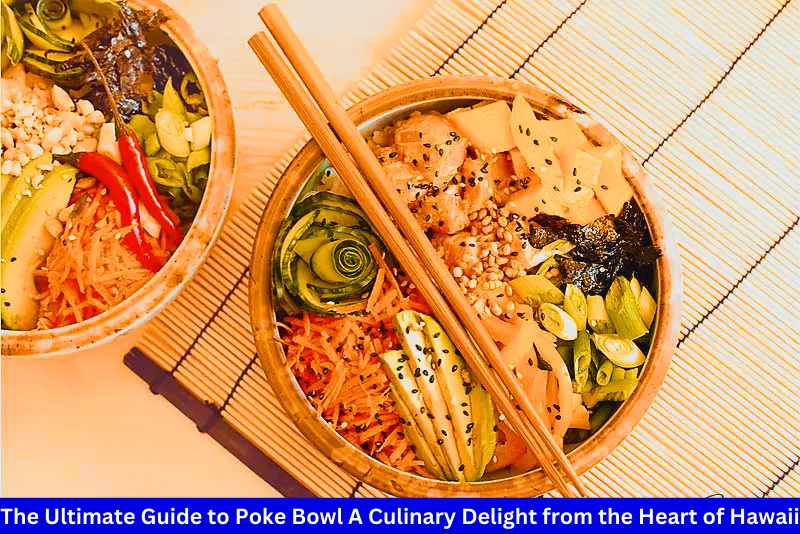In the ever-evolving landscape of global cuisine, one dish has emerged as a refreshing, customizable, and utterly delightful contender—Poki Bowl. Originating from the picturesque islands of Hawaii, Poki (more commonly spelled as “Poke”) has taken the world by storm, offering a delectable combination of fresh, vibrant ingredients that tantalize the taste buds while nourishing the body. This guide takes you on a culinary journey through the heart of Poki Bowl, exploring its origins, essential components, health benefits, and even how you can create your very own Poki masterpiece at home.
The Origins of Poki Bowl
Poki’s roots can be traced back to ancient Hawaii, where it began as a simple dish made from freshly caught fish, seasoned with whatever was on hand—sea salt, seaweed, and crushed kukui nuts. It was a way for fishermen to savour the fruits of their labour, enjoying the ocean’s bounty in its purest form. Over the centuries, Poki evolved, incorporating influences from the various cultures that made Hawaii their home, leading to the rich, diverse flavours we see in Poki bowls today.
What Makes a Poki Bowl?
At its core, a Poki Bowl is a marvel of simplicity and balance. Here’s what goes into making one:
Base: Traditionally, Poki is served on a bed of warm rice, but modern variations include quinoa, mixed greens, or even zucchini noodles for a low-carb option.
Protein: The star of the bowl is undoubtedly the protein—typically raw, marinated fish like tuna, salmon, or octopus. Tofu or chicken can serve as excellent alternatives for those who prefer a non-seafood option.
Seasonings: A mix of soy sauce, sesame oil, and honey or brown sugar adds depth and umami to the protein. Additions like green onions, sesame seeds, and a hint of chilli provide complexity and a kick of flavour.
Toppings: Here’s where you can get creative—avocado, cucumber, radishes, mango, edamame, and seaweed salad are just a few options that add texture and freshness to your bowl.
The Health Benefits of Poki Bowl
Poke Bowls aren’t just delicious but also packed with nutritional value. The high-quality, lean protein from the fish provides essential omega-3 fatty acids, known for their heart-healthy benefits and ability to reduce inflammation. The customizable nature of Poki Bowls means you can load up on various fruits and vegetables, boosting your intake of vitamins, minerals, and fibre. Choosing a base like brown rice or quinoa can also provide a satisfying, nutrient-rich meal supporting overall health.
Crafting Your Own Poki Bowl at Home
Creating a Poki Bowl at home is easier than you might think, and it allows for endless customization to suit your taste preferences and dietary needs. Here’s a simple recipe to get you started:
Choose your base: Prepare your preferred base (rice, quinoa, greens) and lay it as the foundation of your bowl.
Marinate the protein: Cube your chosen protein in a mixture of soy sauce, sesame oil, and a touch of honey. Let it sit for at least 15 minutes to absorb the flavours.
Prepare the toppings: While the protein marinates, prepare your selected toppings—slice avocados, chop vegetables, and any other additions you desire.
Assemble your : Start with the base, add marinated protein, and then layer on your toppings. Finish with a sprinkle of sesame seeds and a drizzle of spicy mayo or a squeeze of lime for an extra zing.
Conclusion
Poke Bowl represents a perfect harmony of taste, nutrition, and cultural history, embodying the spirit of Hawaii with every bite. Its rise in popularity is a testament to its versatility, health benefits, and the sheer joy it brings to those who partake in its colourful assembly. Whether crafting your own at home or exploring the various iterations available at restaurants worldwide, the Poki is a culinary adventure worth embarking on.

